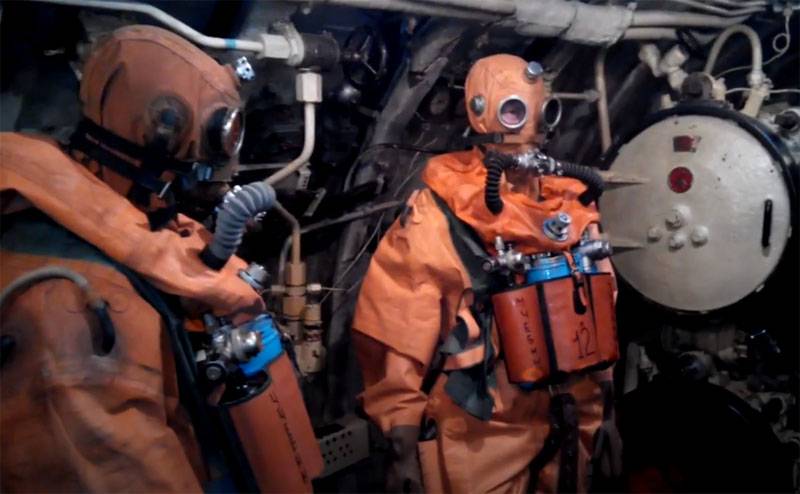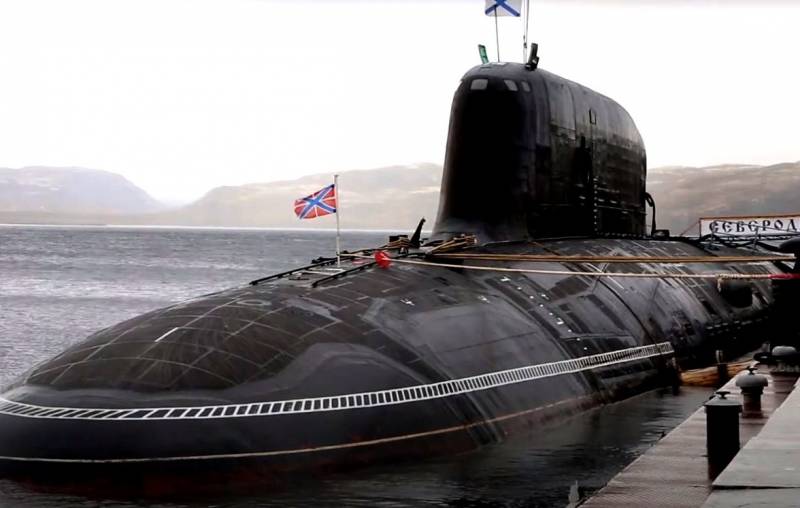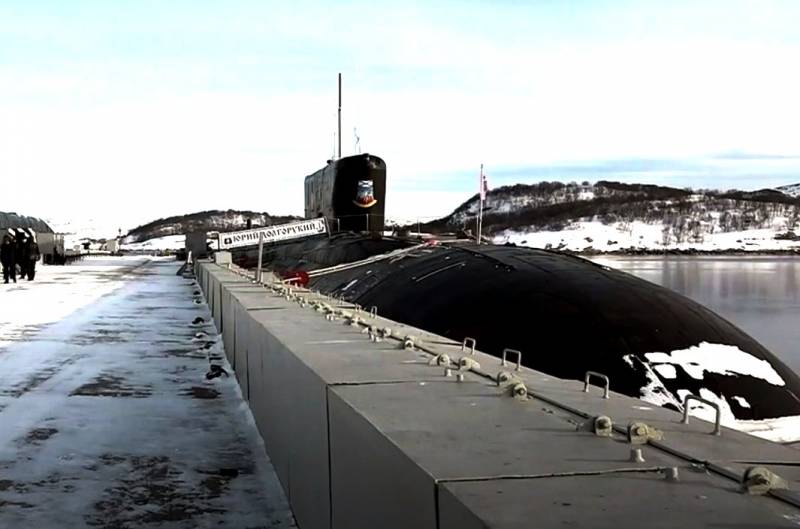Submarine Survival Issues: How Submarine Crews Escape

Submarine accidents are relatively rare, but often lead to situations that directly threaten the life of the entire crew. Therefore, the solution to the issue of survival in the modern submarine has always been very significant in the general context of improving the underwater fleet.
Most modern submarines are designed so that if the main ballast tanks are filled with water, they retain buoyancy. If the submarine is not able to continue moving, it should still be able to ascend. But if a large amount of water gets inside the submarine, then sooner or later it will be unrealistic to save it from sinking to the bottom, from the influence of enormous pressure.
Crew life becomes a core value
Experts name several of the most dangerous events during uncontrolled submarine diving: filling the submarine with water, pressure increase, temperature change, air toxicity, failure of the ship’s life support systems. These risks directly affect the permissible duration of the crew on board the submarine.
At dawn stories of the submarine fleet, the crews of the submarines were actually “suicide bombers”: a huge number of submariners were killed. So, during World War II, the only way to escape from a sinking submarine was a torpedo tube, but it was not so simple. More often, sailors simply died.
Now it is very important to preserve the lives and health of crew members, which is why so much attention is paid to issues of survival on the submarine. It is easier to prevent a critical situation than to try to fix it, therefore, weapons, stealth, electronic warfare systems, navigation are given special attention even when constructing submarines. Separately, the possibility of evacuation measures is provided.
Compartments for evacuation are placed in the bow or stern of the submarine, where the special equipment is located, which will be used in case of an emergency. These are signaling means, oxygen supply and absorption of carbon dioxide, individual emergency beacons, rescue diving suits, equipment for receiving emergency life support capsules, etc.
Pop-up rescue cameras
One of the most important means of increasing crew survival in critical situations is the submarine's survival camera. In Russia, such a camera was first tested in 2014: in addition to a team of 5 testers, a ballast equal to the total weight of the crew of the submarine was placed in the camera.
Pop-up rescue cameras today are equipped with all modern and under construction Russian submarines. This invention of Soviet designers is really priceless: VSK can save the life of all members of the crew of the submarine.
However, as the tragedy on the K-278 Komsomolets nuclear submarine in 1989 showed, the VSK is not a panacea: the camera sank, which led to the deaths of many crew members.
On August 12, 2000, the Kursk nuclear submarine sank. She also did not help having a pop-up rescue camera. However, when testing the new VSC on the Severodvinsk nuclear submarine, very good results were shown: ascent took only 10 seconds. Participants in the test compared their sensations during the ascent with a lift on a regular elevator.
In the modern submarine "Yuri Dolgoruky" VSK is located behind the missile compartment. Inside the chamber there are numbered places assigned to each crew member and individual stocks of drinking and food for a few days.
Food stocks and special rafts
In each compartment of a modern Russian submarine, there is also an emergency food supply per week. Each sailor also has a portable breathing apparatus for acting in the first minutes of a fire or the appearance of toxic substances in the air. The task in a critical situation is to connect to the backup breathing system of the submarine.
Also on the submarines are special rafts, each designed for 20 crew members. Each raft is equipped with the necessary devices for survival in the ocean: niches for collecting rainwater, fishing tackle.
Speaking about the survival rate in a modern submarine, it is impossible not to touch on the psychological aspects, since no modern equipment and means of evacuation can replace the coherence and endurance of the crew. Despite the gradual automation and introduction of robotics, the human factor remains determining.
Thus, NATO’s military psychologists, studying the experience of using submarine crews during operations in the Persian Gulf, realized the importance of special psychological hardening of crews before performing combat missions. At the same time, the psychological comfort of the crew largely depends on the living conditions that are created on the submarine.


Information